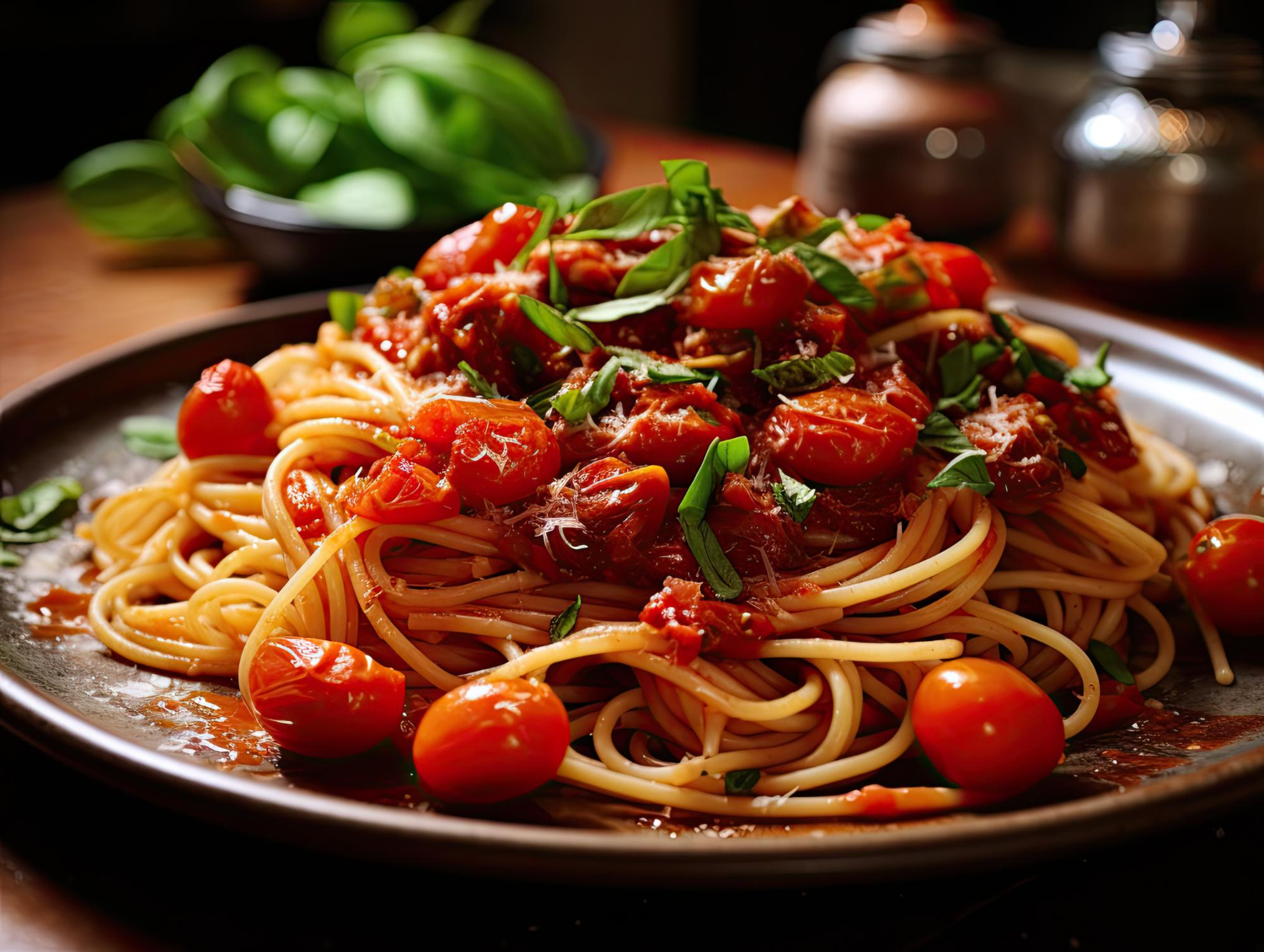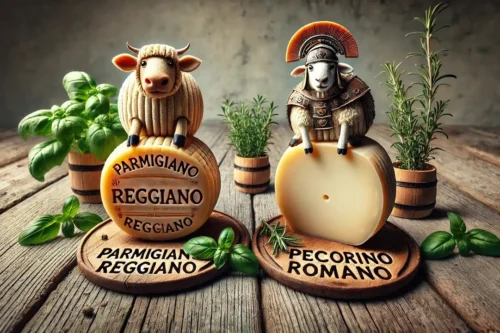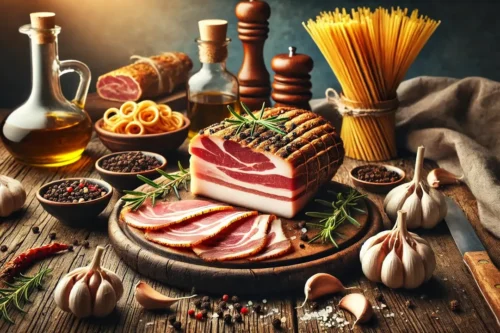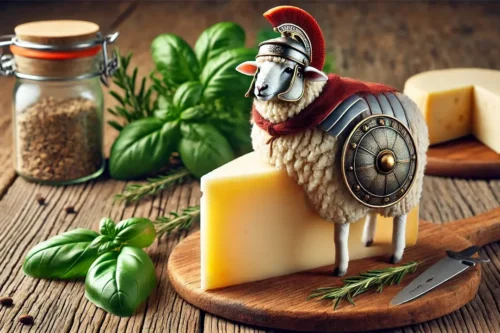Photo: Freepik
Italians rely on tomatoes to provide their cuisine with bright color, deep flavor, and a hint of sweetness. This, of course, means that when you prepare slow-cooked marinara sauce, fresh bruschetta, or a flavorful and hearty caprese salad, you must have proper tomatoes. Here’s how to choose the right tomatoes for your Italian culinary adventure: A tomato variety is one of the things to look out for.
Roma Tomatoes:
Known as plum tomatoes, Roma tomatoes are ideal for sauces and pastes because of their dense flesh and low moisture. More seeds but less liquid; rich and slightly tangy – this is how many cooks like them.
San Marzano Tomatoes:
These are acclaimed as the Ferrari of Italian sauces and are cultivated in the mineral-rich volcanic soil of the San Marzano region in Italy. This variety is known for its sweetness, minimal acidity, and thicker skin, which makes it the most sought after variety for sauces that simmer for hours.
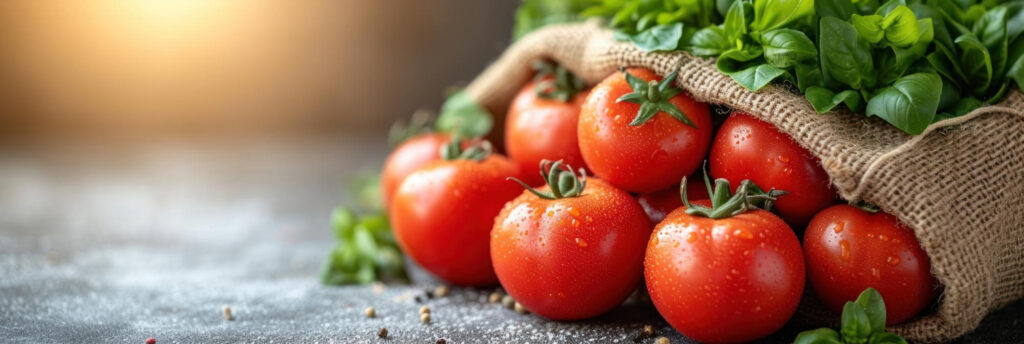
Photo: Freepik
3. Cherry and Grape tomatoes:
These little gems of sweetness are perfect for salads as well as fast sautés. They have so much sugar and crunch that they roast or grill really well.
Heirloom tomatoes:
Known for the wide variety of shapes, colors, and flavors, heirloom tomatoes bring a refreshing taste and impact on to salads and bruschetta.
Choose tomatoes with no cracks or blemishes. A few scars maybe clipped off, but major damage distorts the flavor and texture of the fruit; otherwise, trim off as much as possible.
Smell of tomatoes
A ripe tomato will have a sweet, earthy fragrance when smelled at the stem. Any tomato that lacks a smell may not have ripened properly or has been poorly grown.
Weight and firmness of tomatoes
Pick tomatoes that seem heavy for their size and are bright; a quality tomato skin is taut to a certain degree. The fruit should feel solid and full of substance, signifying a good amount of juice.
Seasonality
Tomatoes are one of those vegetables or rather fruits that are generally in season during late spring through early fall-mostly when they taste the best. Locally grown tomatoes during the right season are, therefore, more frequent because they do not travel and are picked at just the perfect time and are not subjected to long transportation.
Organic vs conventional
Organic: These are grown without synthetic pesticides and fertilizers, which generally translates to a cleaner, more intense flavor. If you can, go organic — especially if your intention is to eat them raw.
Using tomatoes in Italian cooking
- Sauces: Roma or San Marzano tomatoes are recommended. Blanch them to remove the skins easily, then simmer to concentrate their flavors.
- Salads: Heirloom or cherry tomatoes. They should be sliced right prior to serving and are lightly dressed with olive oil, balsamic vinegar, and fresh basil.
- For Bruschetta: Mix heirloom and cherry tomatoes to have a nice taste and color. Finely dice with garlic, olive oil, and fresh herbs.
Conclusion
Appropriate tomato choice can lift Italian dishes from mediocrity to brilliance. Picking for variety, ripeness, and overall quality ensures a lip-taste infused creation that embodies the authentic flavors of Italy. Enjoy cooking!
Source: Today.com

